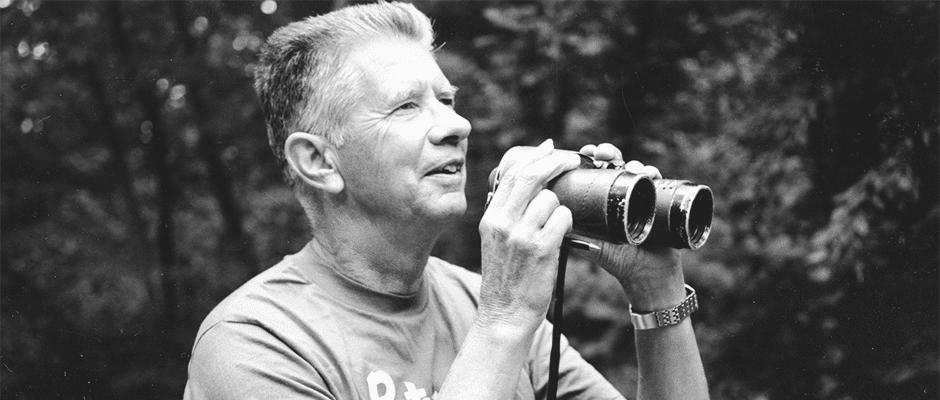Share this article
Fifty-year-old bird breeding survey still informs conservation, management
Over 50 years ago, U.S. Fish and Wildlife Service biologist Chan Robbins was looking for a scientific way to measure changes in bird populations. Surveys like the Christmas bird count were already in use, but Robbins wanted a scientifically rigorous program that would cover the entire continental United States and Canada, thanks to a timely partnership with Tony Erskine of the Canadian Wildlife Service.
His solution was the North American Breeding Bird Survey, or BBS, an effort to monitor the status and trends of North American bird populations through reports from citizen scientists. Participants agreed to follow a rigorous protocol to collect data on species at randomly established roadside sites. Researchers and statisticians would use the data to conduct population trend analyses on more than 400 bird species for use by conservation managers, scientists and the public.
Robbins died in March at the age of 98, having lived to see that half a century after he developed the BBS, biologists and researchers still apply data collected in the survey to conduct research on different bird species, and government agencies in the United States and Canada still use the data to inform conservation and management decisions.
“Chan was ahead of his time,” said Keith Pardieck, the National Coordinator for the Breeding Bird Survey. “He was a visionary setting up the BBS.”
In a special section in The Condor: Ornithological Applications, a group of scientists who presented their research at the North American Ornithological Conference to celebrate the 50th anniversary of the BBS expanded their presentations to full papers.
“The BBS was developed for one purpose—to provide population change data to inform bird conservation and management,” Pardieck said. “The use of trend information for these purposes has been well established thanks to efforts within USGS, USFWS, CWS and Partners in Flight. But researchers have taken these data and done a lot more with them than Chan ever anticipated.”
In one study in the special section, researchers looked at habitat near BBS stop locations to try to inform grassland bird population management in the prairie pothole regions. From the information they gathered, they hope to develop decision support software to help manage those populations in the future.
Another study combined the BBS data with various wood duck (Aix sponsa) survey data. Researchers developed an integrated population model where they combined trend data from the BBS with demographic data collected from wood duck surveys to provide more reliable population estimates in the Atlantic Flyway in order to better manage the species.
While the method of collecting data remains the same, Pardieck said the survey has adapted to changing technology over the years.
“There was no internet, personal computers or smart phones 50 years ago,” he said. All data used to be mailed in. Now, a web-based system lets citizen scientists input data themselves.
The Friends of Patuxent have created a Chandler S. Robbins Memorial Endowment in honor of his legacy at the Patuxent Wildlife Research Center, where he spent his career, and beyond. The endowment is intended to fund an interpretive sign at the visitor center. Other possible projects, include a youth education program, continuing adult education, research support and community outreach.
Contributions may be made to Friends of Patuxent, for the Chandler S. Robbins Memorial Endowment, 10901 Scarlet Tanager Loop, Laurel, MD 20708.
Header Image: Chan Robbins, who was a U.S. Fish and Wildlife Service biologist and creator of the North America Breeding Bird Survey, looks through binoculars. Image courtesy ofKeith Pardieck.








